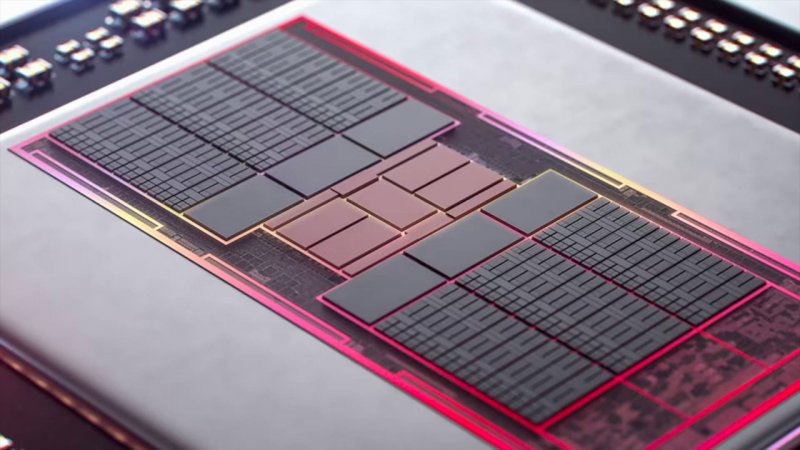Change of focus for AMD, which recently declared its growing interest in chips for artificial intelligence.
THE’artificial intelligencethere’s no denying it, is becoming an increasingly integral and all-encompassing part of tech devices, especially in recent months, thus allowing access to features never seen before. We’ve seen it in the laptop sector with the recent launch of PC Copilot+as well as on smartphones with the new Google Pixel 9 series, which supports Geminiand the introduction of Galaxy AI on the recent Samsung Galaxy Z Flip6 and Galaxy Z Fold6. Several manufacturing companies are moving in this direction, and AMD is certainly no exception to this rule, with a recent announcement on the matter: let’s find out the details together.
AMD: Fewer High-End Gaming GPUs, More AI Chips
During a recent interview Jack Huynhsenior vice president and general manager of AMD, has in fact declared that to date the High-end graphics cards dedicated to gaming are no longer a priority for the company, leaning more towards entry-level, mid- to low-end components, aimed at a wider audience.
AMD would therefore be about to face a new business strategywith particular focus on processors dedicated to datacenterspowered by artificial intelligence.
The new UDNA architecture
The focal point of the new strategy will be the adoption of theUDNA architecture inside the next-generation chips, which will thus take the place of the architectures RDN And CDNA seen to date, following what has been done recently by NVIDIA with theCUDA architecture. This is a new type of architecture strongly focused on performance, necessary for the use of artificial intelligence functions and not only, which will allow greater ease of development thanks to theunification of architectures.
Of course, we don’t know the company’s exact plans for this at this point. At this point, we just have to wait for further updates on AMD’s future strategies, which we’re sure won’t be long in coming in the coming weeks or months.
#AMD #bets #UDNA #architecture

